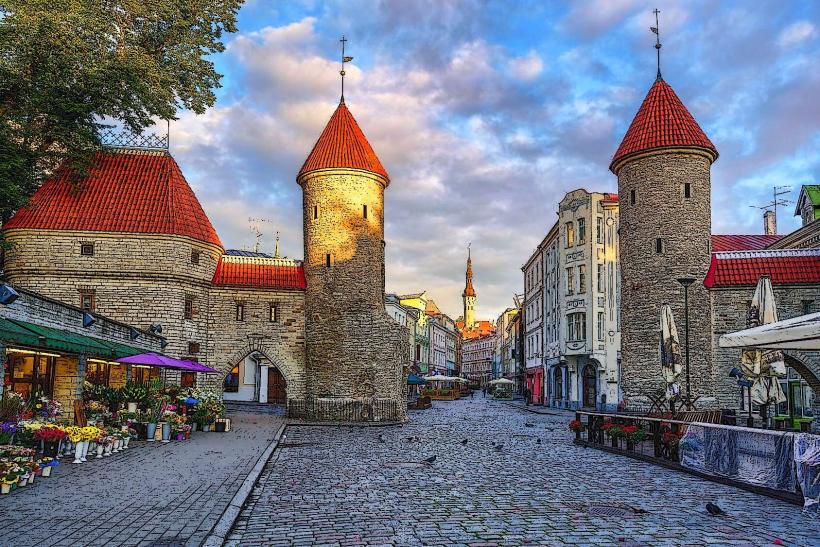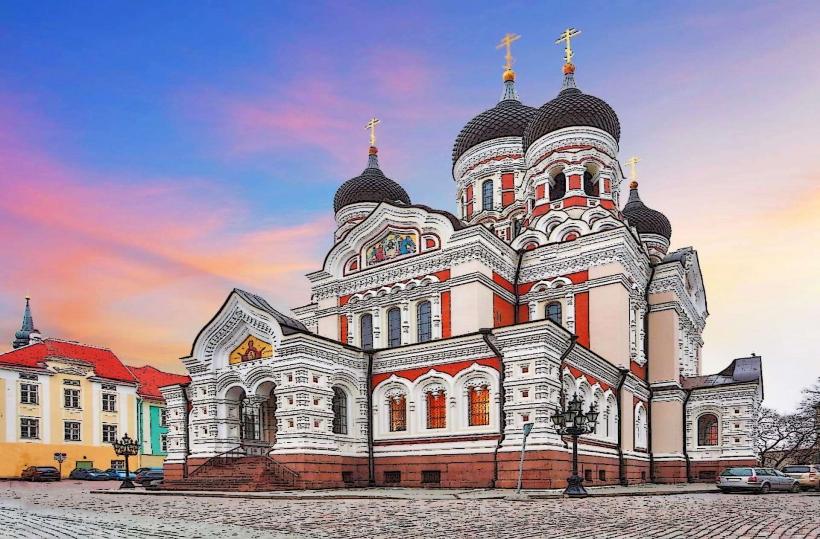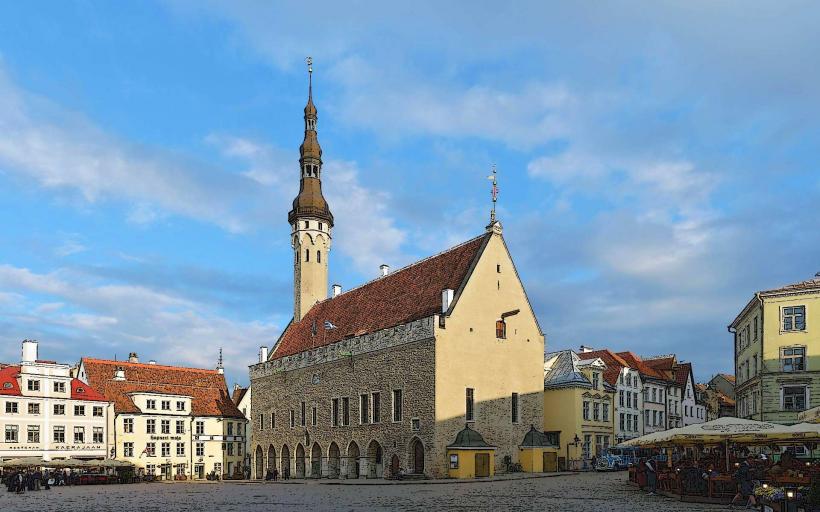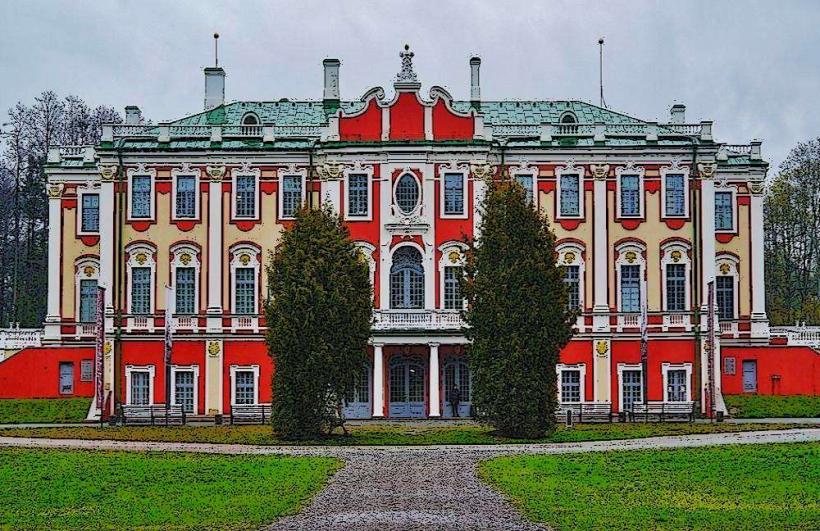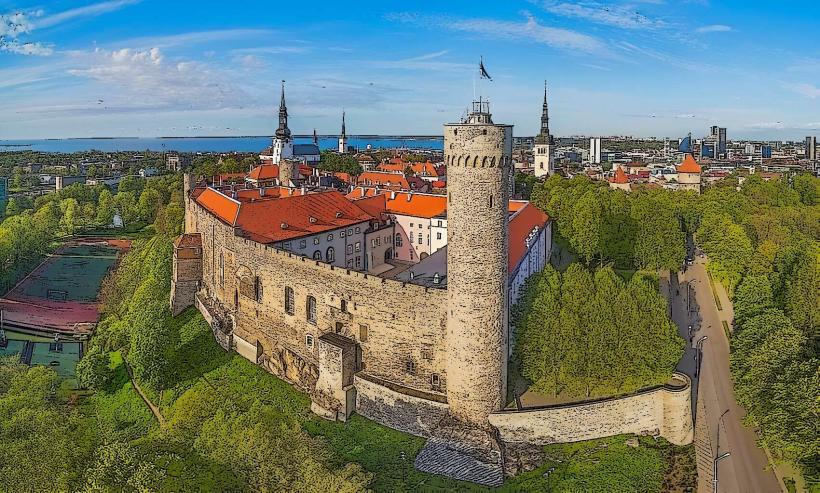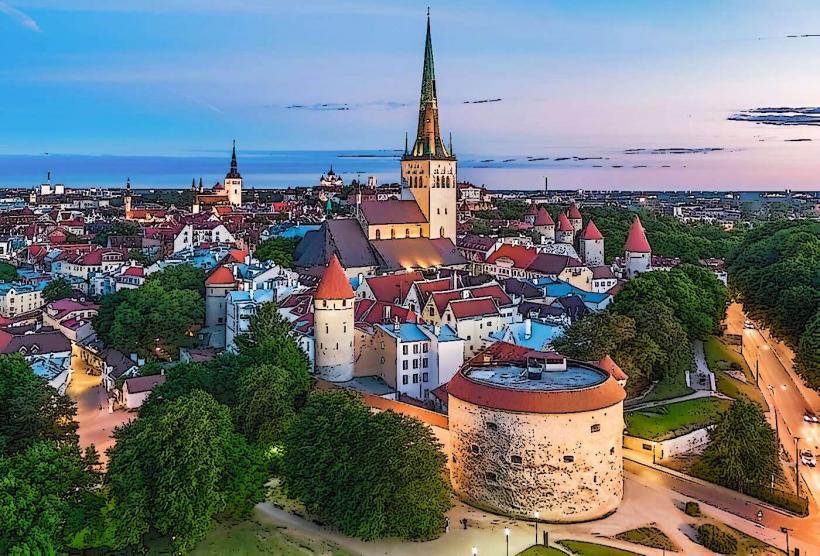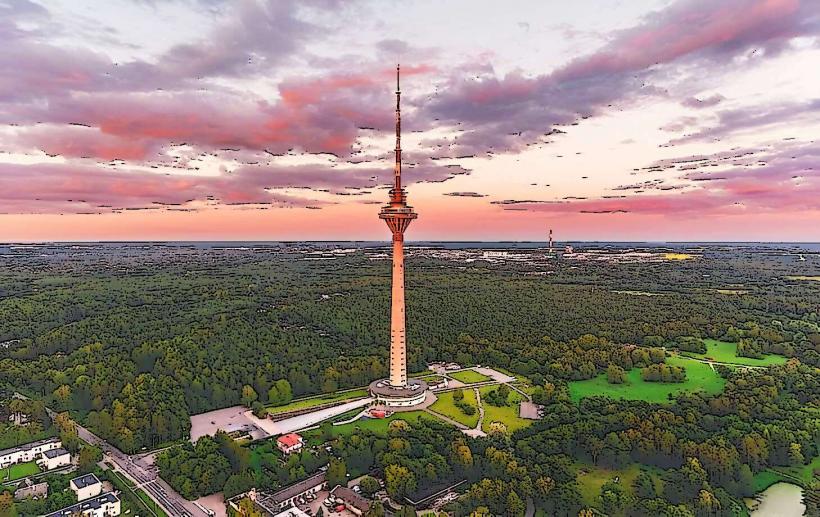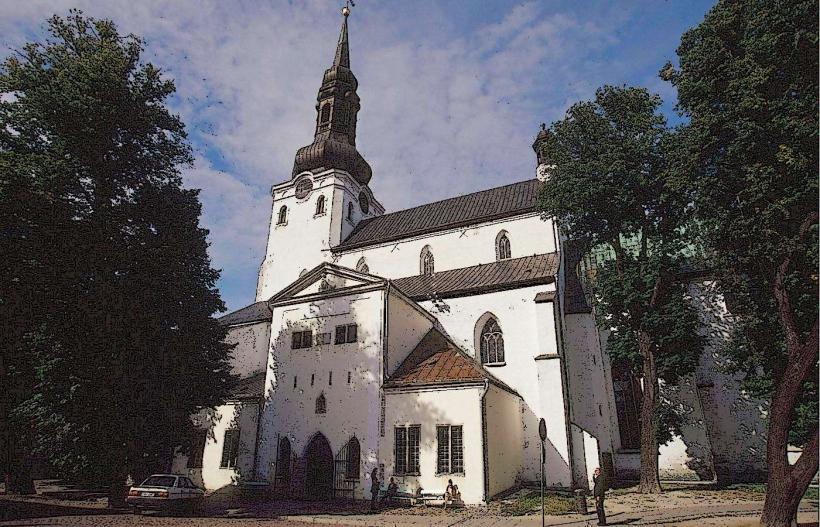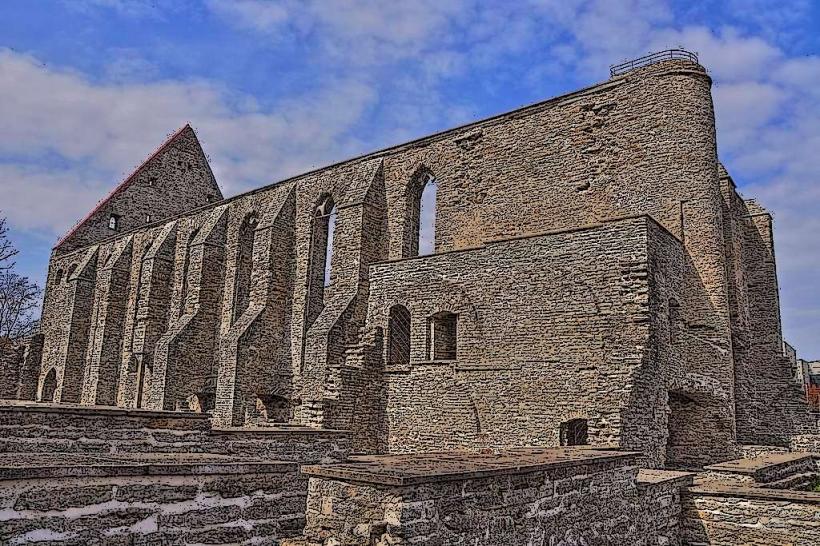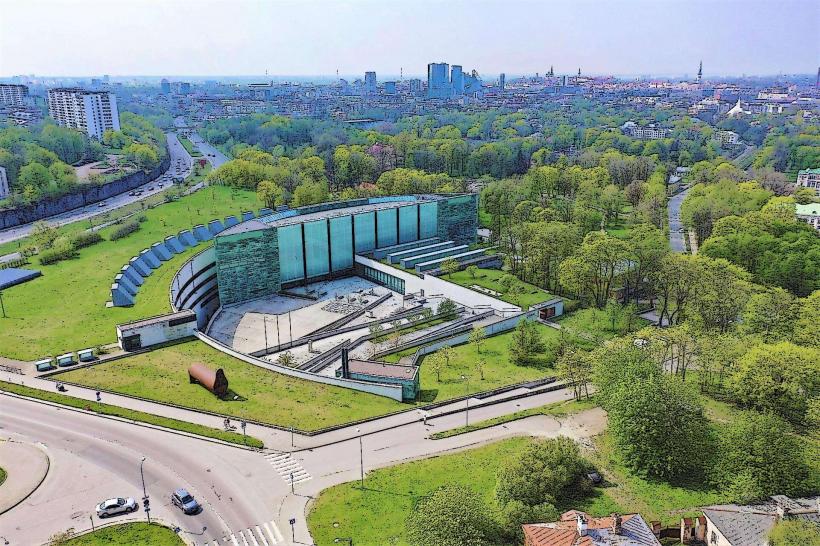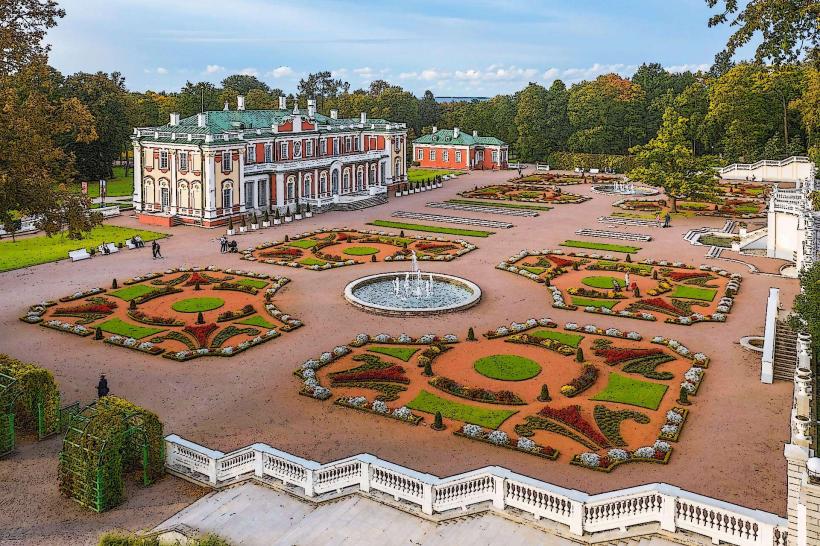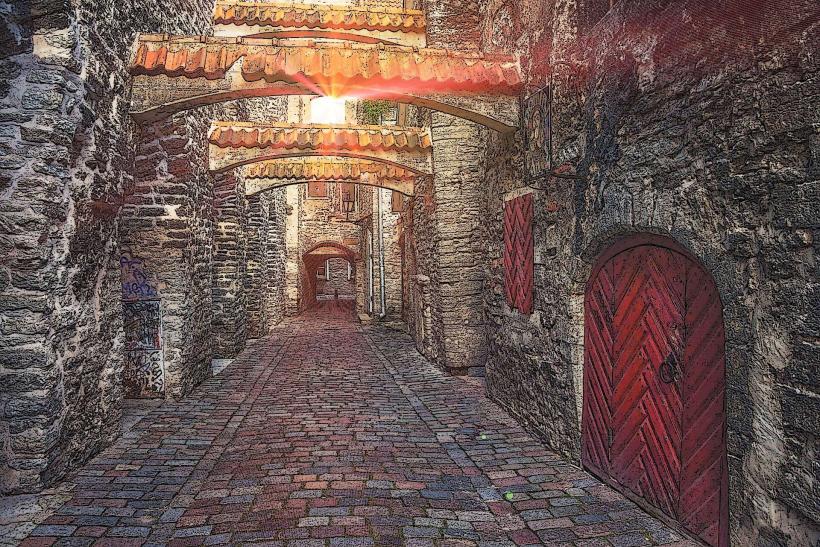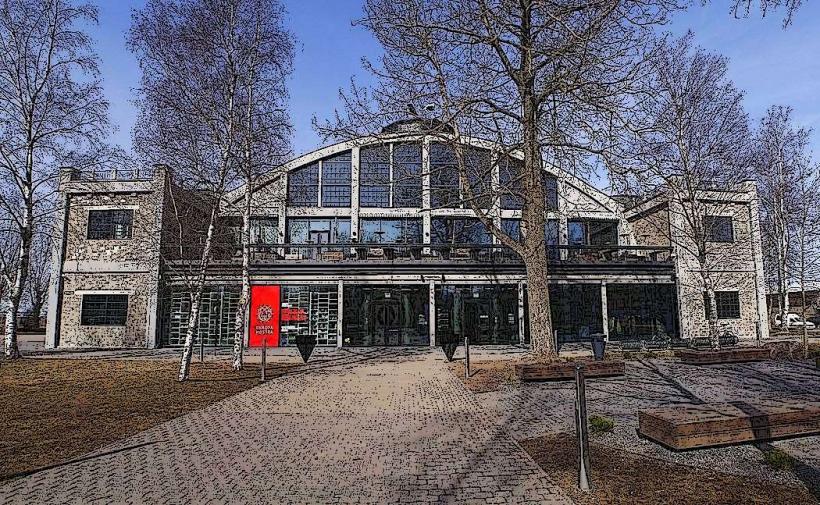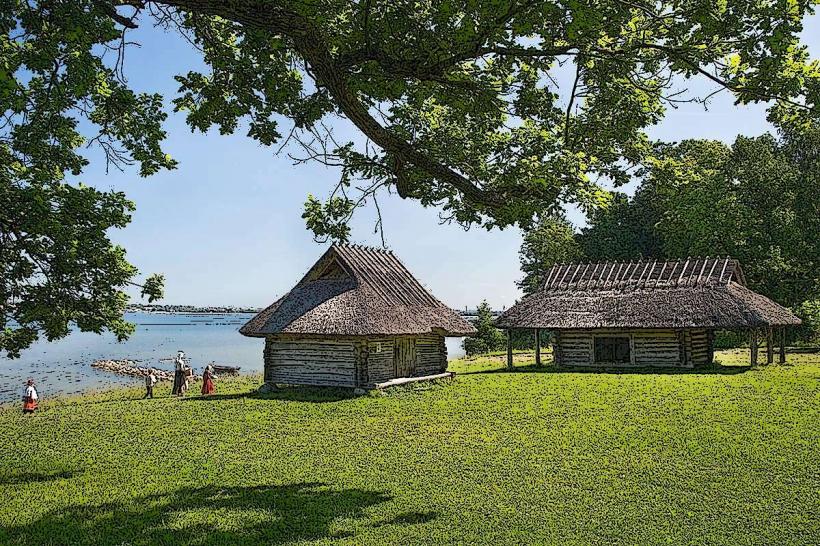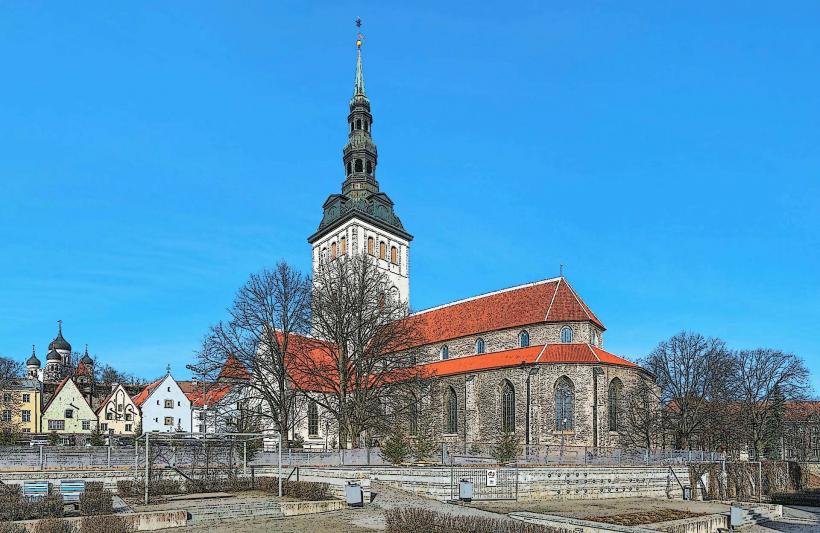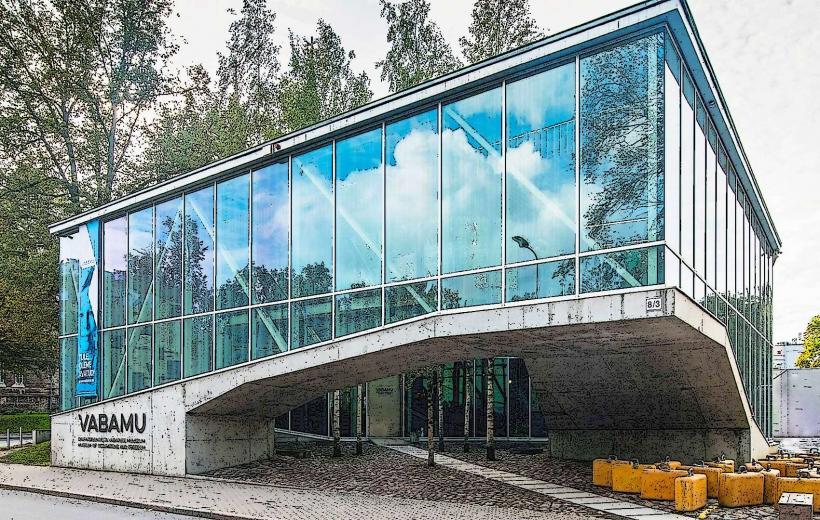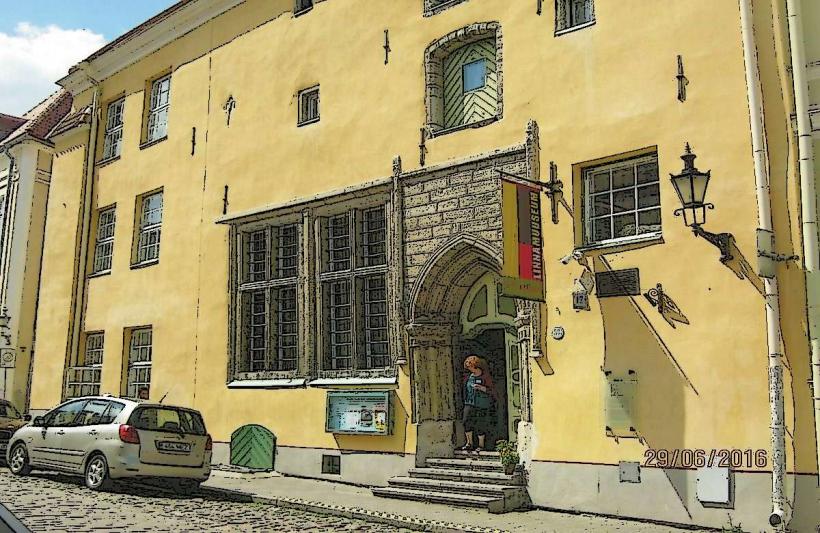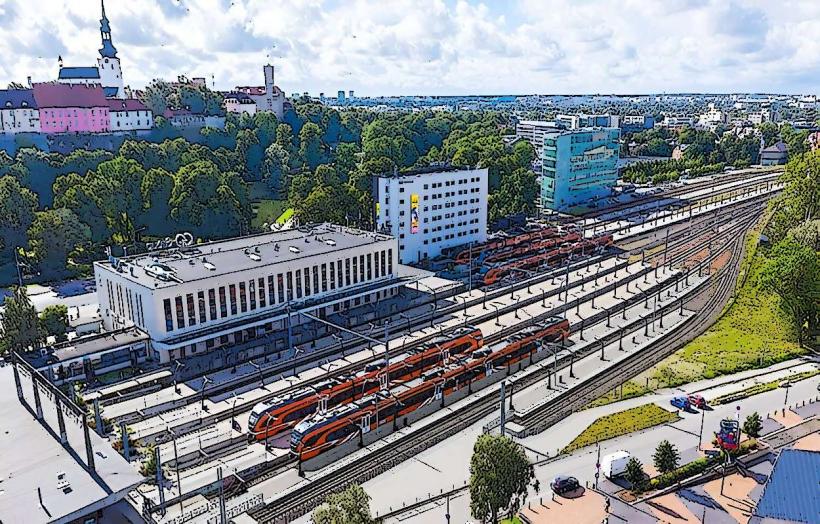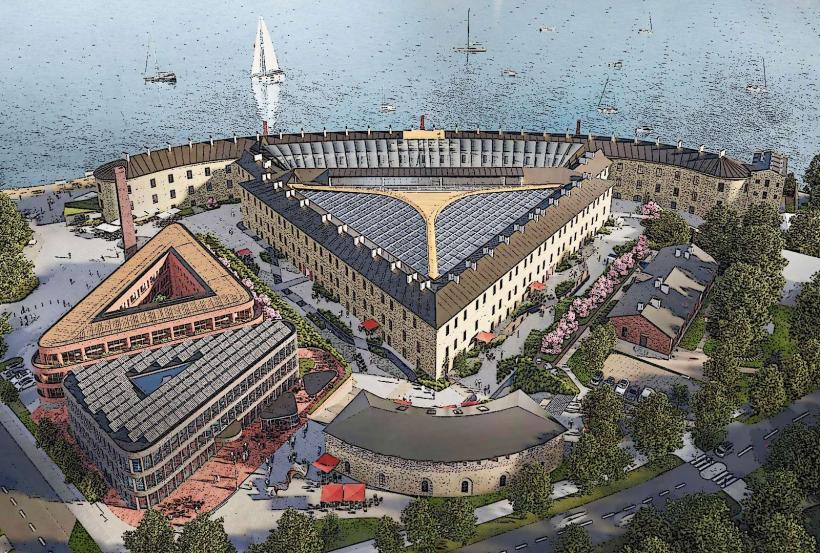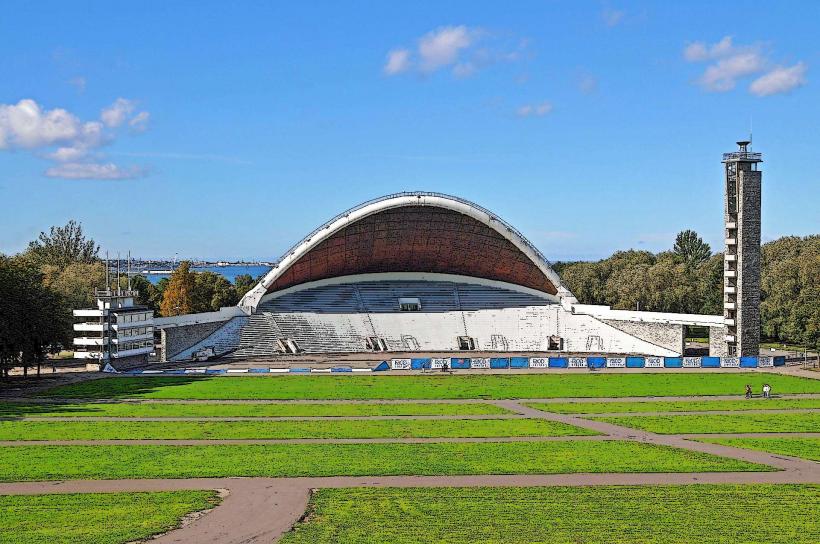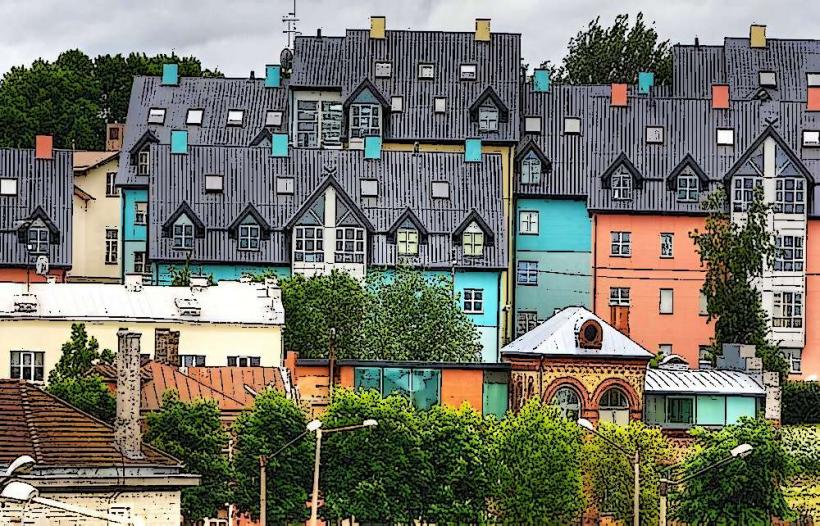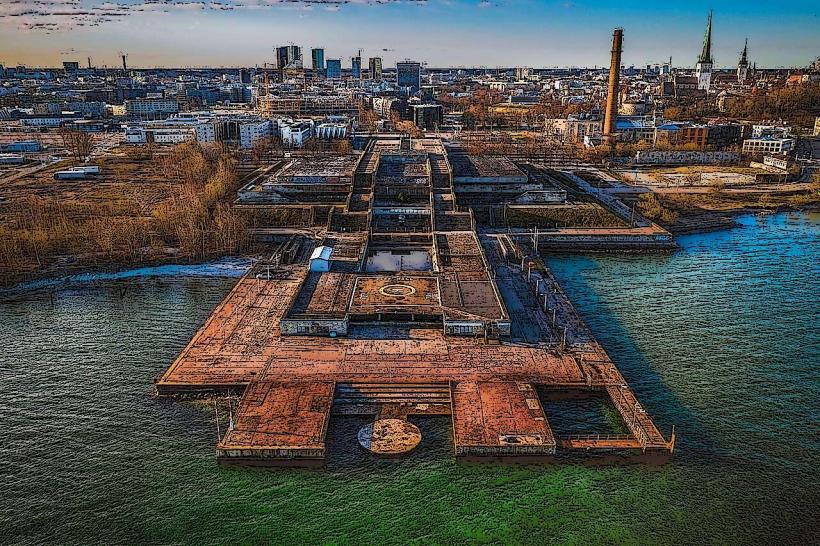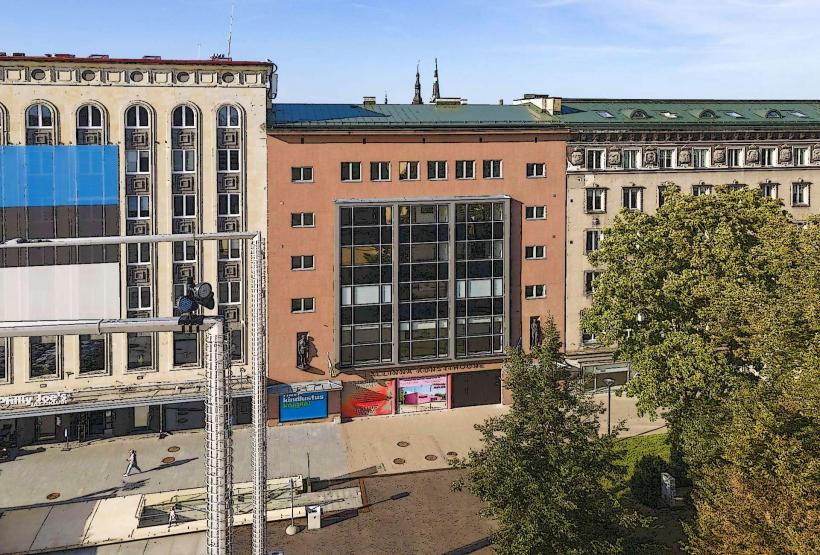Information
Landmark: Rotermann QuarterCity: Tallinn
Country: Estonia
Continent: Europe
The Rotermann Quarter (Rotermanni kvartal) is one of the most dynamic and modern areas of Tallinn, Estonia, known for its unique blend of historical architecture and contemporary design. Located between the Old Town and the Port of Tallinn, this former industrial district has undergone a major transformation in recent years and is now a vibrant, trendy part of the city. Here's a detailed look at the Rotermann Quarter:
History and Transformation
Industrial Origins:
- The area that is now the Rotermann Quarter was historically an industrial hub, with many factories and warehouses in operation during the 19th and early 20th centuries. It was primarily known for its salt and fish processing industries, and the district was characterized by heavy industrial buildings and a bustling, utilitarian atmosphere.
- The Rotermann name comes from the Rotermann family, who were prominent in the business community, particularly in the salt trade.
Post-Industrial Decline:
- Like many industrial districts, the Rotermann Quarter fell into decline after the Soviet period, when much of the local manufacturing ceased. The once-bustling area became abandoned, with many of the old factories left unused.
Revitalization and Modernization:
- In the early 21st century, the district began to undergo a significant redevelopment and gentrification process. The Rotermann Quarter was transformed into a modern urban space with a mix of residential, commercial, and cultural spaces. The project aimed to preserve the district's historic industrial architecture while introducing contemporary elements.
- Architectural competitions were held, and various international designers contributed to the development of the area, making it an example of how a city can integrate old and new architecture seamlessly.
Architectural Design
Blend of Old and New:
- One of the most striking features of the Rotermann Quarter is its combination of historical industrial buildings with modern architecture. The district features preserved brick warehouses alongside glass and steel structures, creating a visually stunning contrast between the old and the new.
- The area has been carefully planned to ensure that the original façades of the old industrial buildings are preserved, while the interiors have been repurposed to accommodate shops, offices, restaurants, and apartments. This fusion of styles creates an interesting and inviting atmosphere.
Notable Buildings:
- Rotermann Salt Storage: One of the standout buildings in the area, the Rotermann Salt Storage is a 19th-century warehouse that has been preserved as part of the redevelopment. It now houses modern retail spaces while maintaining its historic charm.
- Rotermann City Center: A modern shopping center built within the district, featuring a striking glass-and-steel design. It offers a variety of high-end boutiques, cafes, and offices.
- The "Lighthouse" Building: A modern office building with a distinctive design that stands out in the area. It is often referred to as the "lighthouse" because of its bright, angular design, which contrasts with the traditional brick warehouses.
Public Spaces and Pedestrian-Friendly Layout:
- The area is designed to be pedestrian-friendly, with open public spaces, parks, and outdoor seating areas that encourage visitors to spend time in the quarter. The streets are wide, and there are plenty of green spaces and cafés, making it a popular spot for locals and tourists alike.
Shopping, Dining, and Entertainment
Retail and Shopping:
- The Rotermann Quarter is home to a wide range of boutiques, luxury brands, and design shops. It is a fashionable shopping destination that attracts those seeking modern and high-quality goods. The area includes both well-known international chains and unique, local stores.
- The Rotermann City Center shopping mall is a central point for shopping, offering a mix of fashion, electronics, and lifestyle stores. It is an upscale location, often featuring pop-up shops and trendy fashion outlets.
Restaurants and Cafés:
- The Rotermann Quarter is known for its diverse selection of restaurants, cafés, and bars, ranging from fine dining establishments to casual eateries. The combination of modern architecture and historical charm creates a perfect setting for dining out.
- Popular spots include Asian fusion restaurants, European bistros, and Estonian cuisine eateries, offering visitors a wide variety of options for every taste.
Cultural Venues:
- The area also hosts cultural events and performances. Some spaces within the quarter are used for art exhibitions, theater performances, and live music shows, contributing to the lively and creative atmosphere in the district.
- The Estonian Design House is located in the Rotermann Quarter, showcasing local designers and offering a glimpse into the country’s design heritage. Visitors can find unique handcrafted goods, fashion, and accessories here.
Urban Planning and Sustainability
Sustainable Development:
- As part of the revitalization project, the Rotermann Quarter has embraced sustainable urban planning practices. The development incorporates green architecture, energy-efficient buildings, and eco-friendly technologies.
- Many of the newer buildings are designed to meet modern standards for energy efficiency, with features like solar panels, green roofs, and rainwater collection systems. This focus on sustainability helps reduce the environmental impact of the area.
Transportation and Accessibility:
- The Rotermann Quarter is well-connected to other parts of Tallinn. It is within walking distance of Tallinn Old Town, making it easily accessible for both locals and tourists.
- The district is also served by public transport options, including buses and trams, providing easy access to the rest of the city. The area is designed to be pedestrian-friendly, with wide walkways and bike paths, encouraging people to walk or cycle.
Current Role in Tallinn's Urban Landscape
Economic and Cultural Hub:
- The Rotermann Quarter has become a key part of Tallinn’s economic and cultural landscape. It is home to many businesses, particularly in technology, design, and fashion, making it a hub for Estonia's creative industries.
- The district also plays a key role in Tallinn’s image as a modern European city, blending historical charm with contemporary urban life. It is a popular spot for tourists, locals, and business professionals alike.
A Place for Innovation:
- In addition to its focus on retail and dining, the Rotermann Quarter is a place of innovation. It hosts several startups, tech companies, and co-working spaces, making it a center for entrepreneurship and digital development in Tallinn.
Conclusion
The Rotermann Quarter is a perfect example of urban regeneration, where Tallinn has successfully blended its rich industrial heritage with modern architecture and sustainable development practices. Its unique mix of historical buildings and cutting-edge design makes it one of the most interesting and dynamic districts in Tallinn. With a thriving retail, dining, and cultural scene, as well as a growing focus on sustainability and innovation, the Rotermann Quarter continues to be a vibrant, forward-thinking part of Tallinn’s urban landscape.

